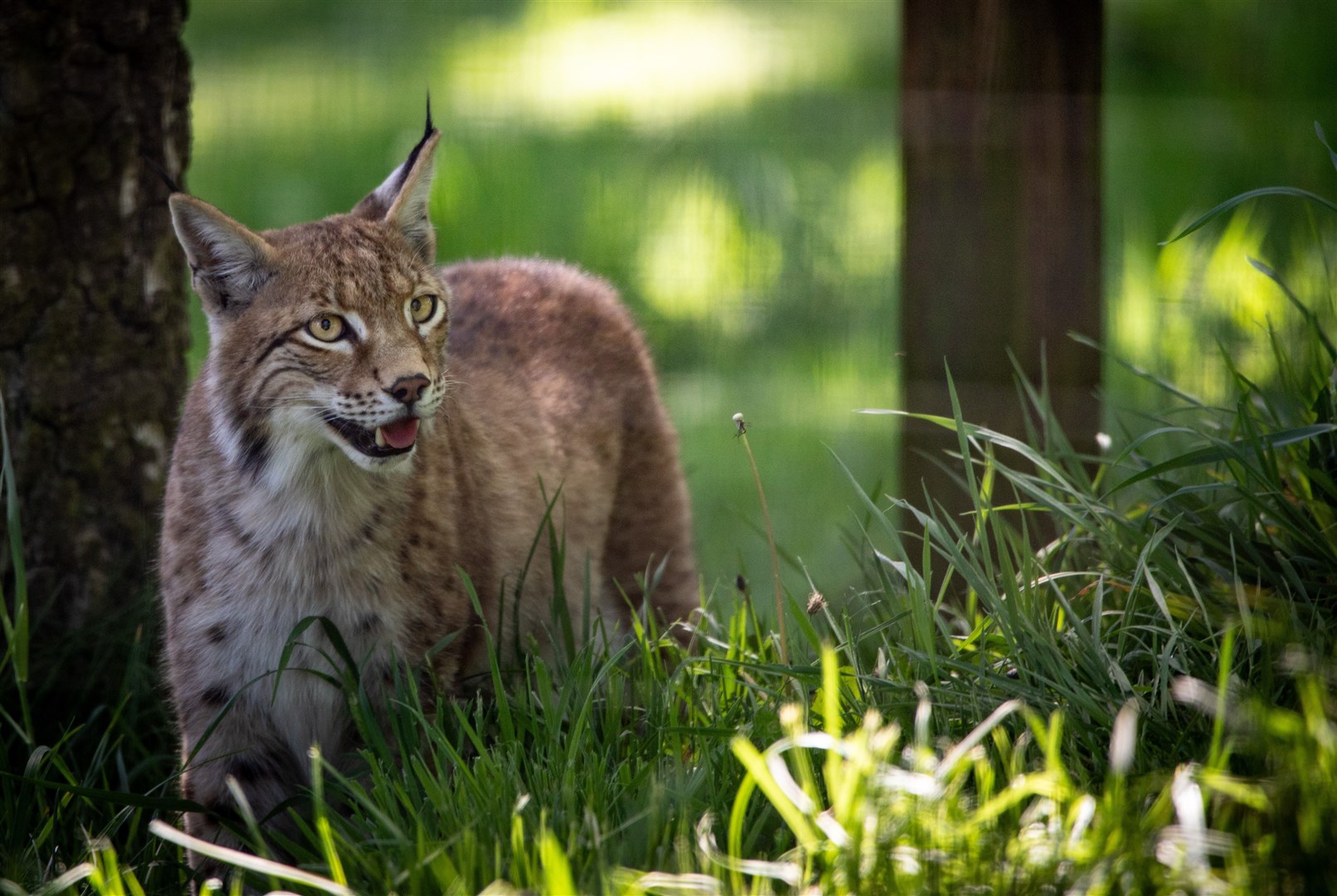The Kincraig lynx trio, whose contentious arrival in the Insh area earlier this year followed an unauthorized release, have now been officially named, marking a significant milestone in their integration into the rugged beauty of the Scottish Highlands. Originally described as ‘happy refugees’ in reference to their controversial reintroduction, these three Eurasian lynx are reportedly adapting remarkably well, thriving within the local ecosystem and captivating the attention of conservationists and the public alike.
Their initial presence sparked considerable public discussion, raising pertinent questions about the legality of their release and the potential ecological impacts on the delicate balance of the Scottish environment. This incident brought to the forefront the complexities inherent in rewilding initiatives, particularly when involving apex predators like the lynx, and highlighted the ongoing debate between ambitious conservation goals and the practical concerns of local communities. The Kincraig incident served as a potent case study for the challenges of wildlife management.
Despite the contentious circumstances of their arrival, the trio has demonstrated a remarkable capacity for adaptation. Conservation scientists are closely monitoring the movements and behavior of these magnificent creatures, observing their successful settlement and integration. Early indications suggest their presence could contribute positively to the region’s biodiversity, potentially aiding in natural pest control and restoring ecological processes that have long been absent in certain areas of the UK.
The naming of the Kincraig lynx trio serves not only as an act of individual recognition but also as a powerful symbol in the broader discourse surrounding wildlife rewilding projects. It underscores the profound importance of responsible wildlife management and species recovery efforts across the UK, emphasizing the need for structured, legally compliant, and community-engaged approaches to reintroducing native species. The reintroduction of the Eurasian lynx, even under these circumstances, sparks vital conversations about the future of British wildlife.
This development fosters an increased public connection with these captivating animals, potentially cultivating greater understanding and support for future conservation initiatives. Their story is a compelling narrative of resilience and adaptation, drawing attention to the ongoing challenges and critical importance of safeguarding biodiversity and promoting animal welfare in a rapidly changing world. The Kincraig lynx represent a beacon of hope for larger rewilding aspirations in the Scottish Highlands and beyond.
Discover more from The Time News
Subscribe to get the latest posts sent to your email.






